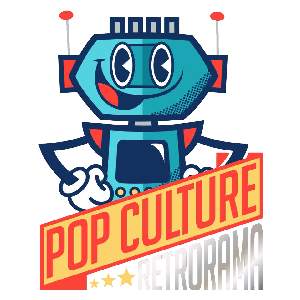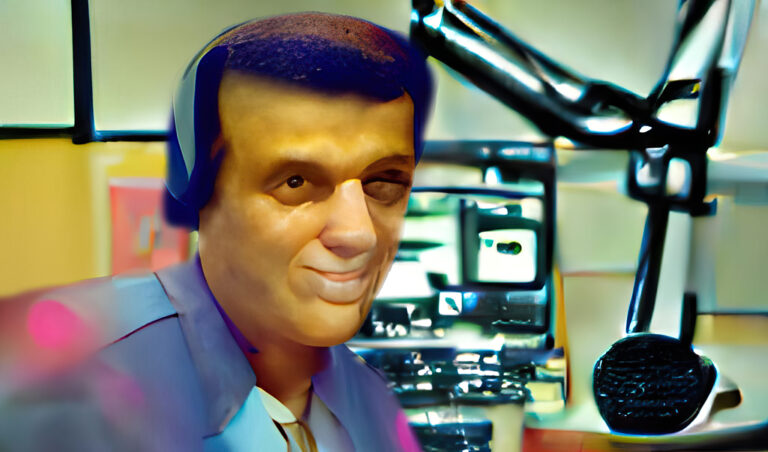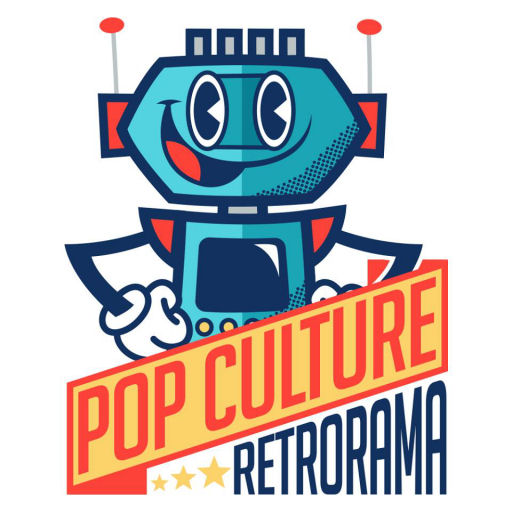For an episode that was written to stay within tight budget guidelines and aired outside of a ratings month, The Best Of Both Worlds casts quite a shadow over the rest of the Star Trek franchise.
This week marks thirty years since Star Trek: The Next Generation‘s third season came to a close. The arrival of a new co-executive producer, former Simon & Simon writer Michael Piller (1946-2005), between the show’s second and third seasons is now generally acknowledged as heralding a creative revival of a series that struggled through its first two seasons. And it was Piller himself, under strict instructions to write a money-saving episode that mostly happened within the confines of the Enterprise with few guest stars, who brought that season to a close.
Those aren’t the ideal circumstances under which to create an hour of TV for the ages. But Piller was just trying to deliver a shootable script before he moved on to his next assignment. You see, he was thinking about leaving the show – and his internal tug-of-war between the career advancement of moving on vs. the comfort of staying put wound up on the screen as Commander Riker’s debate over whether or not to accept his own command and leave the Enterprise.

Neither he nor we knew what was about to happen.
It easily could have gone wrong. “Bottle shows”, as they were called, primarily happen within the already-built (and already-paid-for) standing sets of a show, with minimal expenditure needed for new sets or guest stars. The Best Of Both Worlds had only four guest stars of note – Elizabeth Dennehy as Lt. Commander Shelby, a young officer gunning for Riker’s job, George Murdock as her mentor, Admiral Hansen (and probably hoping that nobody remembered that he had appeared as the face of an alien being impersonating God just a year earlier in Star Trek V), Whoopi Goldberg as Guinan, and Colm Meaney as Chief O’Brien, manning the transporter as always. New sets? Nope. The Borg sets and costume pieces had been kept in storage since their first use in 1989’s Q Who?, which introduced the Borg, while the barren planet surface was the ever-reliable generic planet set constructed on Stage 16 of the Paramount lot. Nothing new there. Even the Borg cube was a hand-me-down from Q Who?. The point is: it would’ve been very easy for the season ender to have come across as hopelessly cheap. (Though probably not as cheap as season two’s final episode, which was literally a clip show involving Riker “remembering” scenes from past episodes.)

Way better than Riker remembering a shuffle play of TNG’s greatest hits in Sick Bay.
There were also some dead ends in the development of the story. It was felt that the Borg needed a “queen bee” character to give them an identifiable presence, and at one stage there was an idea involving both Picard and Data being abducted by the Borg and combined into a single entity. Another scene, mercifully abandoned in the outline stage, involved Shelby more or less trying to sleep her way to the top, a pedestrian plot point that might’ve worked on L.A. Law but would’ve seemed out of place on The Next Generation.
By instead concentrating on having Riker play out the career conflict happening in his own life, Michael Piller brought the show’s renaissance season to a solid close – one that left everyone who saw it abuzz with excitement for the next three and a half months. If you were old enough to be online at the time, you’ll doubtlessly remember that you couldn’t log into a dial-up BBS anywhere that didn’t have a message thread discussing how the cliffhanger would be resolved, or even whether Patrick Stewart would be returning as the show’s lead in season four. In between online and offline speculations about the story’s conclusion, I also remember eagerly awaiting a soundtrack album, which wouldn’t arrive until 1991, containing Ron Jones’ not-even-trying-to-be-subtle musical signal that, unlike the previous year’s clip show, this episode was a Really Big Deal.

In the annals of Star Trek history from 1964 – the year that the original series pilot The Cage was filmed – to 1990, there are numerous standouts. But in retrospect, from a vantage point where Star Trek has been a fixture on the pop culture landscape for over half a century, The Best Of Both Worlds is a flashpoint for the franchise. So much so that it literally spills into virtually every iteration of Star Trek that has come along since it first aired.
When Star Trek: Deep Space Nine began its run in 1993, it did so with a flashback that tied its main character, Commander Benjamin Sisko (Avery Brooks), into the events that began in The Best Of Both Worlds.

1996’s movie Star Trek: First Contact revisited The Best Of Both Worlds even more directly, showing flashbacks to Picard’s time among the Borg, and reviving Piller’s concept of a Borg “Queen Bee” character in a more literal fashion.

The Borg became Star Trek: Voyager‘s most enduring recurring enemy, with the Borg Queen returning to vex Captain Janeway and Seven of Nine numerous times; Seven (Jeri Ryan) herself was a human who has been assimilated by the Borg and regained her humanity, and her struggle to rediscover what that meant spanned four years of episodes on Voyager. Star Trek: Enterprise also dealt with time-displaced leftovers of the Borg invasion force from Star Trek: First Contact in one episode. And nearly an entire episode of the 2020 season of Star Trek: Picard dealt with Picard trying to come to terms with his history with the Borg.

That’s not too shabby an afterlife for an episode that was just supposed to wrap up the season on time and on budget. Much of what Star Trek became for the rest of the 1990s and early 2000s owed a great deal to the episode that Michael Piller thought would mark the end of his time on the Star Trek franchise. (He not only stuck around, but was co-creator of both Deep Space Nine and Voyager.)
And these days, in the age of Game Of Thrones and other serialized shows that have made long-running storylines the norm while depending on the audience to keep up with the story, you’d think that the unusually long reach of The Best Of Both Worlds might smack of a long-term master plan, but nothing could be further from the truth. Piller didn’t even know if he’d be back to wrap up the story – and he had no notes to leave for whoever wound up with the job of writing The Best Of Both Worlds Part II. (As it happened, of course, Piller did come back, and had to finish his own story; not unlike Commander Riker, he realized he was perfectly happy right where he was.)
Now that we’re in an era where millions of dollars are spent on a single hour of TV (and, like the aforementioned Game Of Thrones, can still be a very expensive swing-and-a-miss in the end), it’s an interesting reminder that sometimes, what you really need to cast a vast shadow over 30 years of pop culture is a script that doesn’t leave the studio, uses only existing sets and models/props, and has only four additional speaking parts, and needs to be written in a week or less.
And if there’s not a relatable story for the audience to, ahem, engage with, odds are it’ll be forgotten within 30 days, let alone 30 years. Which reminds me: it’s time to light the candles on the cake for one of TV’s all-time greatest cliffhangers.




+ There are no comments
Add yours